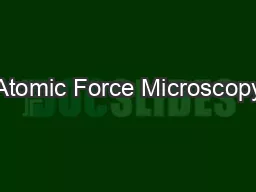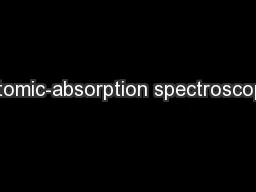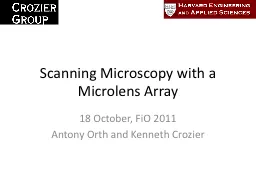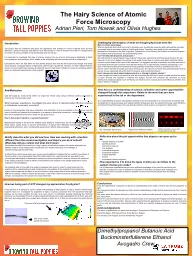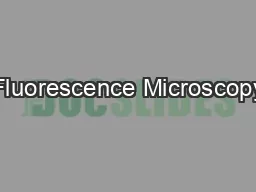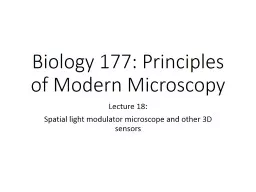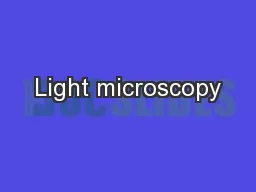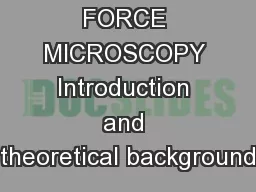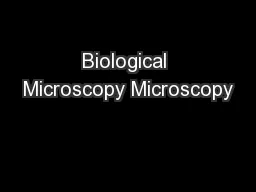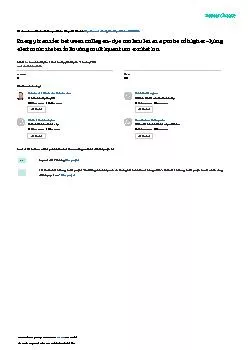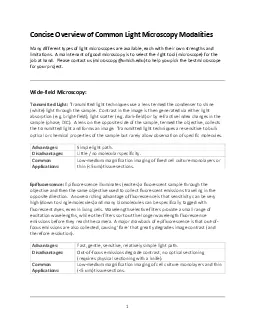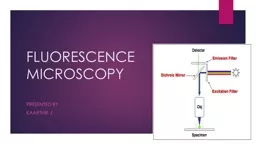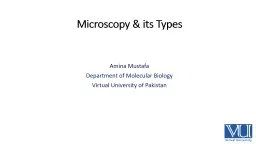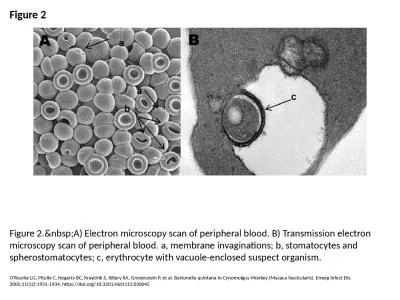PPT-Atomic Force Microscopy
Author : tatyana-admore | Published Date : 2016-06-10
Xiaoyu Che Whats AFM Atomic force microscopyAFM is one of the foremost tools for imaging measuring and manipulating matter at the nanoscale A type of scanning
Presentation Embed Code
Download Presentation
Download Presentation The PPT/PDF document "Atomic Force Microscopy" is the property of its rightful owner. Permission is granted to download and print the materials on this website for personal, non-commercial use only, and to display it on your personal computer provided you do not modify the materials and that you retain all copyright notices contained in the materials. By downloading content from our website, you accept the terms of this agreement.
Atomic Force Microscopy: Transcript
Download Rules Of Document
"Atomic Force Microscopy"The content belongs to its owner. You may download and print it for personal use, without modification, and keep all copyright notices. By downloading, you agree to these terms.
Related Documents

